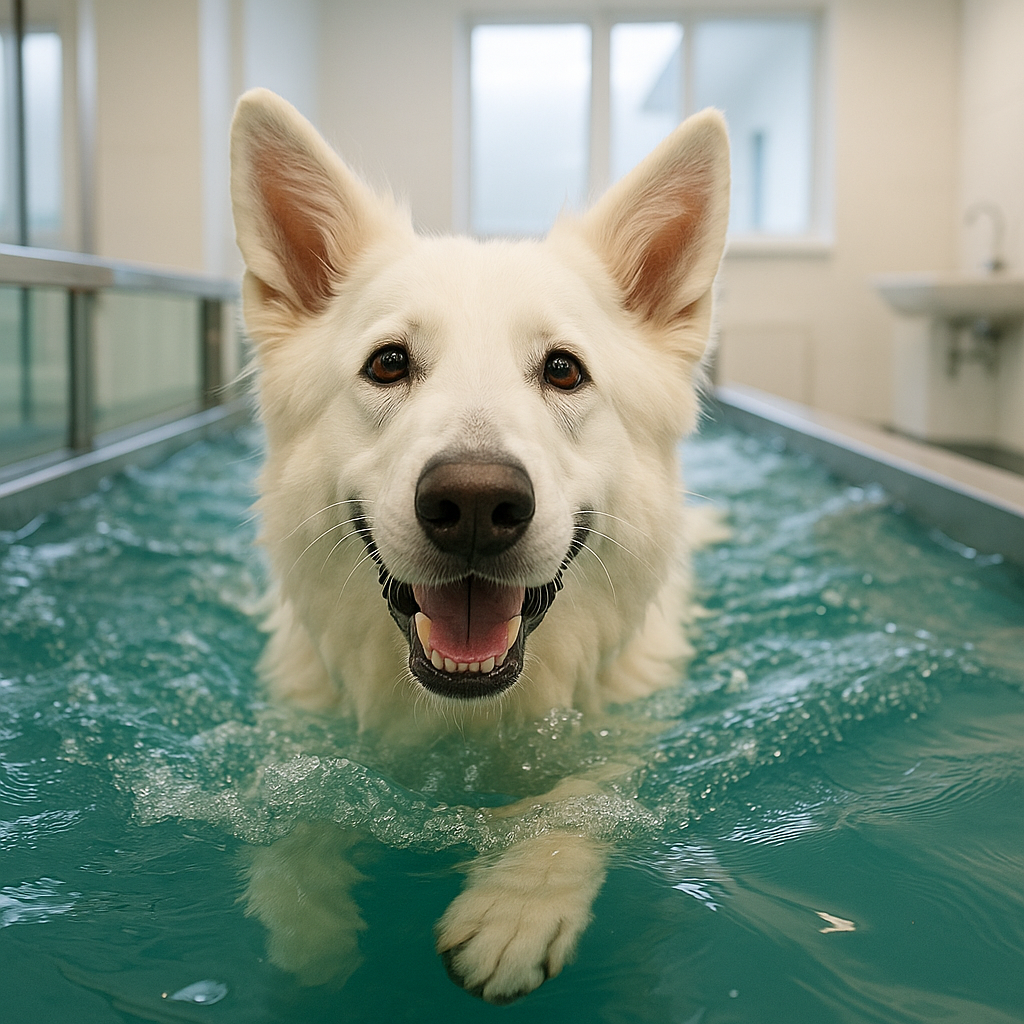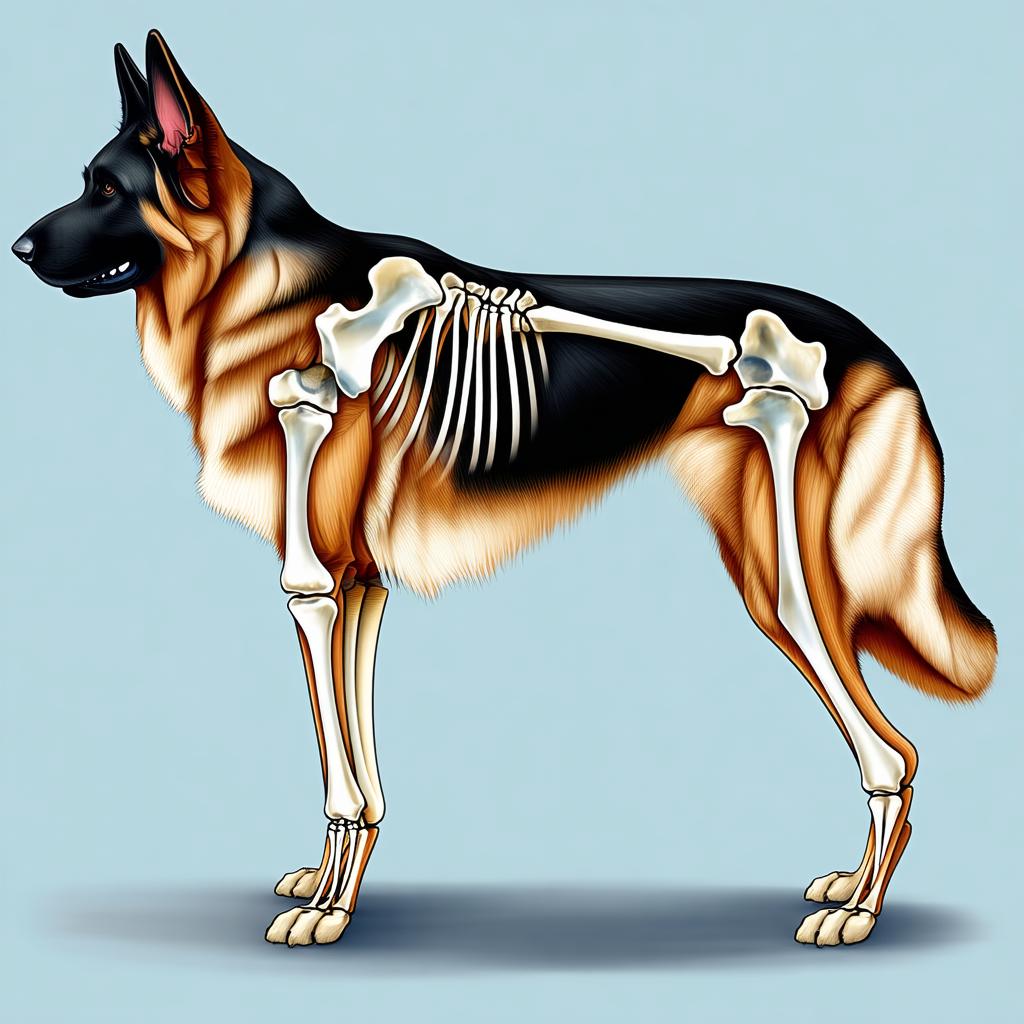| Points clés | Détails à retenir |
|---|---|
| 🐶 Definition | Dysplasia is abnormal joint formation affecting mobility. |
| 🦴 Anatomy | Hips and elbows are most commonly involved. |
| 🔍 Symptoms | Lameness, stiffness, or reluctance to move. |
| 🏥 Prevention | Breeding selection and nutrition management reduce risk. |
| 💊 Treatment | Physiotherapy, medication, or surgery depending on severity. |
Swiss Shepherd dogs can develop hip or elbow dysplasia due to genetic and environmental factors. Prevention starts with careful breeding and controlled growth, while treatment spans weight management, targeted physiotherapy, and surgical correction when needed.
Understanding Dysplasia in Swiss Shepherds
Swiss Shepherds, known for their elegance and strength, may suffer from dysplasia—a malformation of joint surfaces that impairs normal function. Recognizing the distinction between hip and elbow forms helps owners act early.
What Is Hip and Elbow Dysplasia?
Hip dysplasia arises when the femoral head and the acetabulum do not align perfectly, causing friction and wear. Elbow dysplasia involves abnormal development of the ulna, radius, or humerus, leading to joint incongruity and osteoarthritis. Both forms produce degeneration and pain over time.
Why Swiss Shepherds Are at Risk
A combination of inherited traits and rapid puppy growth makes Swiss Shepherds particularly susceptible. Selective breeding without screening can perpetuate faulty joint structure, while overnutrition amplifies stress on young joints.
Root Causes and Key Risk Factors
Identifying the factors behind dysplasia guides effective prevention. Two main categories—genetic disposition and environmental triggers—work in tandem.
Genetic Predisposition
Breeding two carriers of dysplastic traits increases the probability of affected offspring. Kennel clubs now recommend hip and elbow scoring before mating, reducing heritable risk.
Environmental Influences
Nutrition, exercise, and weight management play pivotal roles:
- Overfeeding: Excess calories accelerate bone growth beyond muscular support.
- High-impact activity: Intense running or jumping in puppies can damage immature cartilage.
- Obesity: Extra pounds strain joint surfaces, hastening cartilage breakdown.
“According to the Orthopedic Foundation for Animals (OFA), maintaining an optimal body condition score reduces the incidence of hip dysplasia by up to 25%.”
Prevention Strategies
Preventing dysplasia hinges on proactive management from puppyhood to adulthood. A structured plan addresses breeding, growth, and lifestyle.
- Responsible Breeding: Only pair dogs with excellent hip and elbow scores.
- Controlled Growth Rate: Feed age-appropriate rations; avoid rapid weight gain.
- Balanced Diet: Include omega-3 fatty acids and joint supplements like glucosamine.
- Moderate Exercise: Favor swimming and leash walks over free running on hard surfaces.
Treatment Options for Affected Dogs
Treatment plans must be tailored to each dog’s age, severity of dysplasia, and lifestyle requirements. Options range from conservative management to advanced surgery.
Conservative Management
- Maintain lean body weight through diet adjustments.
- Administer non-steroidal anti-inflammatory drugs (NSAIDs) under veterinary guidance.
- Offer joint-support supplements rich in chondroitin and MSM.
Physiotherapy and Rehabilitation
- Hydrotherapy sessions to build muscle without joint stress.
- Controlled range-of-motion exercises to preserve flexibility.
- Targeted massage and laser therapy to reduce inflammation.

Surgical Solutions
- Femoral Head Ostectomy (FHO) removes the femoral head, creating a false joint for pain relief.
- Triple Pelvic Osteotomy (TPO) reorients the acetabulum for better hip coverage.
- Tibial Plateau Leveling Osteotomy (TPLO) or Tibial Tuberosity Advancement (TTA) correct elbow incongruity.

Key Takeaways
- Screen breeding stock to limit hereditary transmission.
- Regulate puppy growth with balanced nutrition and low-impact exercise.
- Monitor weight throughout life to minimize joint stress.
- Combine therapies—medical, physiotherapy, and surgical—for optimal outcomes.
FAQ
- What age can dysplasia be detected in Swiss Shepherd puppies?
- Signs often emerge between 4 and 12 months; radiographs at one year confirm hip scores.
- Can diet alone prevent joint dysplasia?
- Diet helps regulate growth but must be paired with controlled exercise and genetic screening.
- Is swimming safe for a dog with dysplasia?
- Yes, hydrotherapy builds muscle without impact, supporting joint stability.
- When is surgery recommended?
- Veterinarians advise surgery for moderate to severe cases unresponsive to conservative care.
- Do joint supplements really work?
- Evidence shows glucosamine and chondroitin can reduce inflammation and slow cartilage degradation.
- How can I find a reputable Swiss Shepherd breeder?
- Seek clubs that mandate OFA or PennHIP scoring for both parents before breeding.
- What lifestyle changes help an older dog with dysplasia?
- Soft bedding, ramps instead of stairs, and controlled low-impact walks are beneficial.










